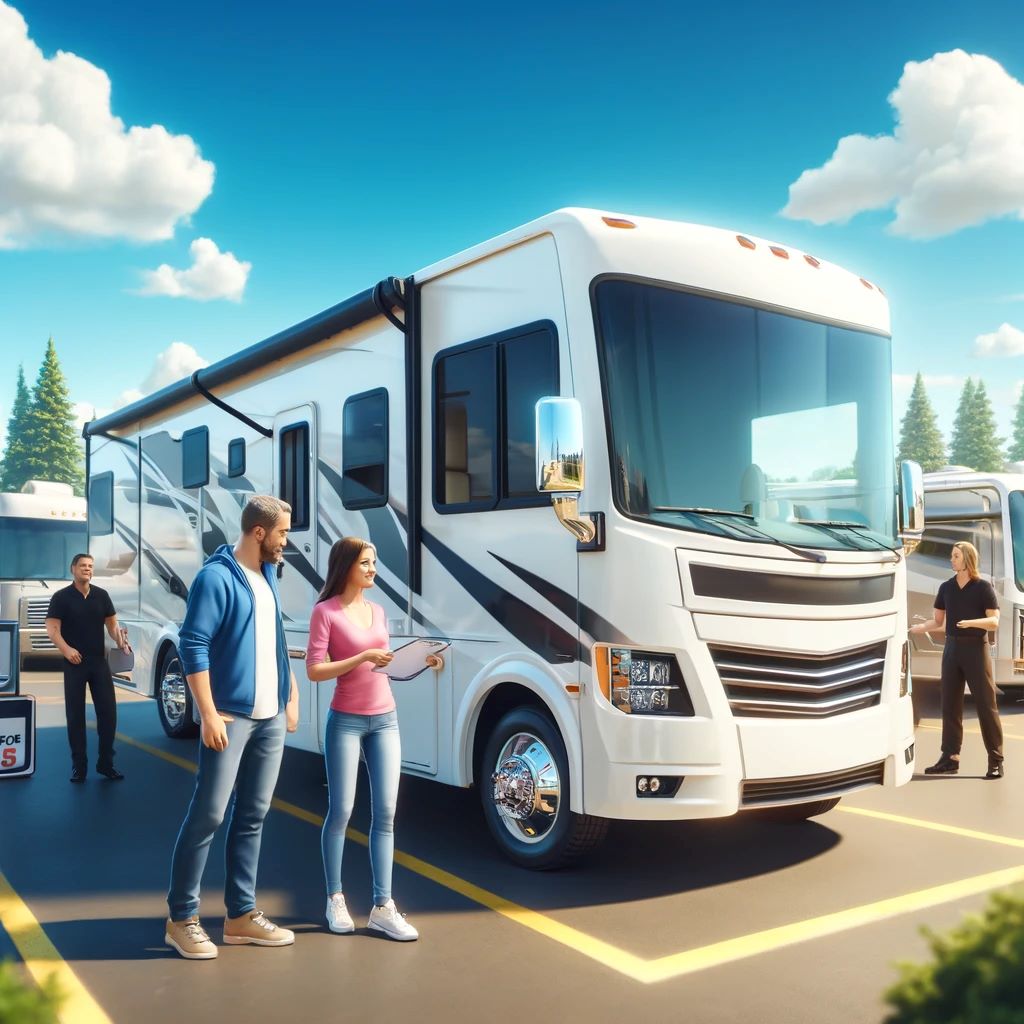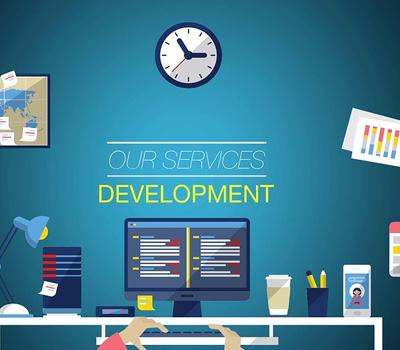Unlocking Exclusive Information and Rare Insights on RV Buying: A Guide for First-Time Buyers
Buying an RV is a thrilling venture that opens the doors to endless adventures and unforgettable experiences.
However, the process of purchasing an RV can be filled with hidden considerations that first-time buyers might overlook.
In this guide, we’ll uncover exclusive information, share rare insights, and highlight often-overlooked costs to help you make a well-informed decision on your RV purchase.
1. Understanding RV Types and Choosing the Right One for You
The first step in buying an RV is understanding the various types and choosing the one that best fits your lifestyle and travel goals.
There are motorhomes (Class A, B, and C) and towable RVs (travel trailers, fifth wheels, and pop-up campers). Each type has distinct advantages:
- Class A Motorhomes: These are large, bus-style RVs with spacious interiors and are ideal for long-term travelers. They’re luxurious but tend to be expensive and require more skill to drive.
- Class B Motorhomes: Known as camper vans, Class Bs are compact and easy to drive. They’re great for solo travelers or couples who value mobility but don’t need as much space.
- Class C Motorhomes: These RVs strike a balance between Class A and Class B motorhomes, offering space with a more manageable driving experience. They’re popular among families.
- Towable RVs: If you already have a suitable tow vehicle, a travel trailer or fifth wheel could offer similar comfort at a lower price. These are especially ideal for those who want to unhitch their vehicle for day trips.
By understanding the unique advantages of each type, you’ll avoid purchasing an RV that doesn’t align with your needs, saving you from a costly mismatch.
2. Hidden Costs of RV Ownership to Plan For
The sticker price of an RV is just the beginning. There are several hidden costs associated with RV ownership that can add up quickly.
Here are some of the key expenses to consider:
- Insurance: RV insurance can be more costly than standard vehicle insurance, especially for full-time RVers or those with large motorhomes.
- Maintenance and Repairs: Regular maintenance is crucial, and it’s wise to budget for unexpected repairs. Issues with plumbing, electrical, and the engine (for motorized RVs) are common.
- Campground Fees: While there are free boondocking spots, many RV owners will spend time in campgrounds, which can cost anywhere from $15 to over $100 per night.
- Storage: If you’re not living in your RV full-time, storage fees can add up. Indoor, climate-controlled storage is best for longevity but is often more expensive.
- Fuel Costs: Motorized RVs, especially Class A and Class C, consume more fuel, so long trips can become costly.
Having a clear understanding of these expenses will help you budget effectively and avoid surprises after your purchase.
3. New vs. Used RVs: Weighing the Pros and Cons
The decision between buying new or used is one of the biggest choices RV buyers face. Each option has distinct benefits and drawbacks:
- New RVs: New RVs come with manufacturer warranties and the latest technology. They offer peace of mind regarding mechanical issues, but they also depreciate quickly, with the highest drop occurring within the first few years.
- Used RVs: Used RVs offer significant cost savings, often selling for half the price of a new model just a few years old. However, buying used requires a thorough inspection, as there may be wear and tear or hidden damage.
If you’re buying used, consider working with a trusted RV mechanic for an inspection.
Small issues like plumbing leaks or worn tires can often be negotiated in the price, giving you more room to adjust for repairs.
4. Financing and Loan Options: What New Buyers Should Know
RV financing differs from standard auto loans and often involves higher interest rates.
Banks and credit unions commonly offer RV loans, but specialized lenders may provide more favorable terms. Here are a few tips to secure the best financing:
- Compare Rates: Just like a car or home loan, it’s essential to shop around for the best interest rates. Even a small difference in the rate can add up to significant savings over the loan term.
- Down Payment: A larger down payment can help you secure a lower interest rate and reduce your monthly payments.
- Loan Terms: While long-term loans (up to 20 years) may reduce monthly payments, you’ll pay more in interest over time. It’s usually best to select a shorter loan term if possible.
Exploring these options will allow you to find financing that aligns with your budget and long-term goals.
5. Avoiding Common Pitfalls: A Buyer’s Checklist
With so many considerations, it’s easy to make a purchase mistake. Here’s a checklist to help you steer clear of common pitfalls:
- Check for Water Damage: Water damage is a significant issue in RVs, often causing structural problems. Look closely for soft spots, discoloration, or signs of mildew.
- Examine Tires and Brakes: RV tires can be costly to replace. Make sure the tires have plenty of tread and aren’t cracked or worn.
- Inspect Seals and Roof: A leaky roof or failing seals can lead to significant water damage. Check these areas closely, especially in older RVs.
- Test Appliances and Systems: Ensure that all appliances, plumbing, electrical, and HVAC systems work properly. Repairs in these areas can be costly.
- Get a Pre-Purchase Inspection: For larger or used RVs, a professional inspection is invaluable and can reveal issues that aren’t immediately apparent.
By following this checklist, you can avoid potential headaches and ensure you’re purchasing a vehicle that meets quality standards.
6. Timing Your Purchase: When to Get the Best Deals
Timing can play a significant role in securing a good deal. RV prices fluctuate based on demand, season, and economic conditions:
- End of the Season: In late fall and early winter, demand for RVs drops, and dealers may offer discounts to clear out inventory.
- RV Shows: Large RV shows often feature manufacturer discounts, promotions, and financing incentives, making it an excellent opportunity for prospective buyers.
- Buying During Economic Downturns: In challenging economic times, sellers may offer lower prices due to decreased demand. Private sellers may also list RVs at reduced prices to offload their assets.
Knowing the optimal times to buy can lead to substantial savings and give you access to better financing terms.
7. Essential Extras to Include in Your Purchase
There are additional items and upgrades that many RVers find essential, yet they’re rarely included in a basic RV package.
Here are a few must-have add-ons that can enhance your RV experience:
- Leveling Blocks: Many campsites aren’t perfectly level. Leveling blocks make it easy to set up a stable, comfortable RV.
- Portable Solar Panels: For those who plan to boondock, portable solar panels provide additional power without the need for hookups.
- Surge Protector: Protect your RV’s electrical system from power fluctuations, especially if you plan to connect to different power sources.
- Water Pressure Regulator: This inexpensive gadget protects your RV’s plumbing from high-pressure water sources that could cause leaks.
Investing in these extras from the start can save you from potential issues down the road and make your experience more comfortable and convenient.
Buying an RV is an exciting and transformative step that opens up a world of travel possibilities.
By leveraging these exclusive insights and preparing for the hidden costs and common pitfalls, you’ll be well on your way to finding an RV that fits your lifestyle and budget.










